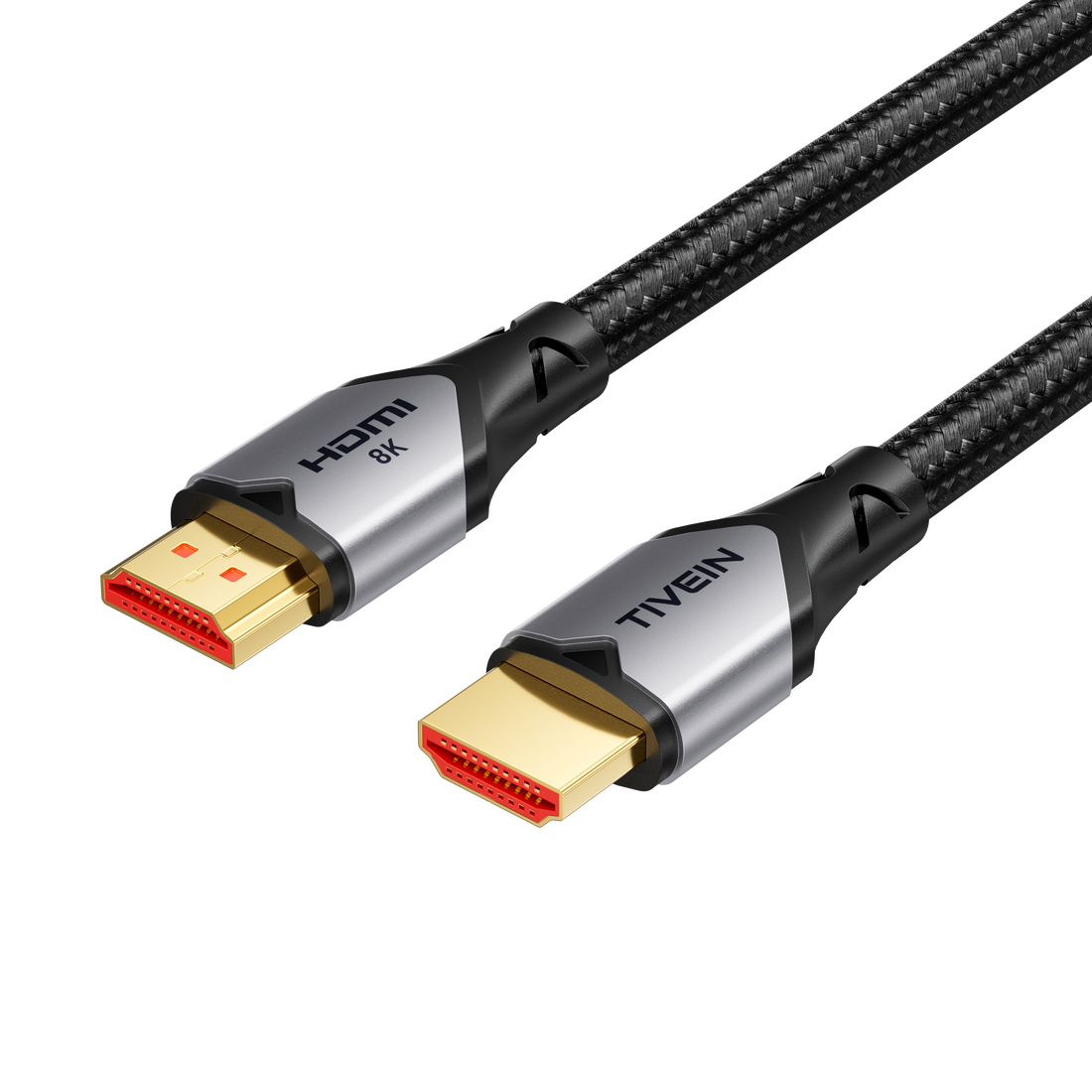
Difference Between HDMI 2.0 and HDMI 2.1
Share
HDMI 2.0 and HDMI 2.1 are different versions of the HDMI (High-Definition Multimedia Interface) standard, and they differ mainly in terms of bandwidth, resolution support, refresh rates, and additional features.
-
Bandwidth
-
HDMI 2.0: Supports up to 18 Gbps.
-
HDMI 2.1: Supports up to 48 Gbps, allowing for much higher video and audio quality.
-
-
Resolution & Refresh Rate
-
HDMI 2.0: Supports up to 4K at 60Hz.
-
HDMI 2.1: Supports up to 8K at 60Hz or 4K at 120Hz, ideal for high-end gaming and ultra-HD displays.
-
-
Dynamic HDR
-
HDMI 2.1 supports Dynamic HDR, which adjusts brightness, contrast, and color scene-by-scene or even frame-by-frame. HDMI 2.0 only supports Static HDR.
-
-
Variable Refresh Rate (VRR)
-
Only HDMI 2.1 supports VRR, which reduces screen tearing and stuttering in games.
-
-
Enhanced Audio Return Channel (eARC)
-
HDMI 2.1 includes eARC, offering improved audio quality and compatibility with advanced audio formats like Dolby Atmos and DTS:X. HDMI 2.0 only supports ARC.
-
-
Quick Frame Transport (QFT)
-
HDMI 2.1 supports QFT to reduce latency, especially beneficial for gaming and real-time applications.
-
Conclusion:
HDMI 2.1 is a significant upgrade over HDMI 2.0, offering better performance, higher resolutions and refresh rates, and advanced features tailored for modern gaming, home theaters, and future-proofing AV setups.
